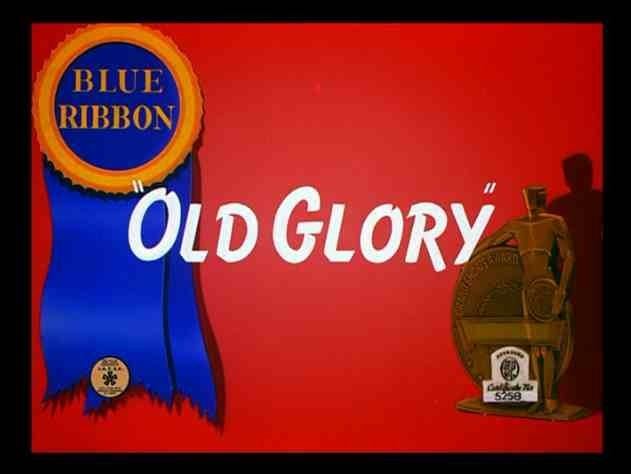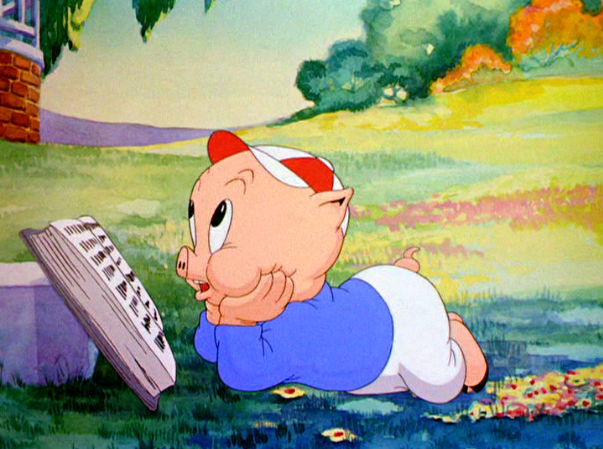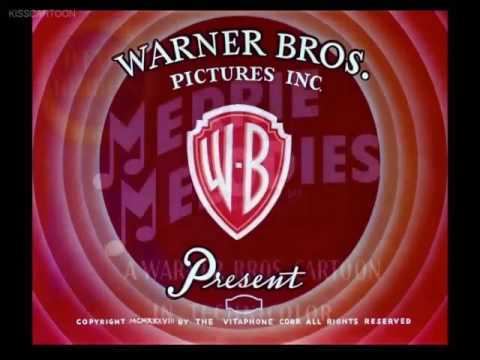Old Glory (1939 film)
4 /10 1 Votes
Duration | Director Charles Jones Language English | |||||||||||||||||||||||||||||||||
 | ||||||||||||||||||||||||||||||||||
Release date July 1, 1939 (USA premiere) | ||||||||||||||||||||||||||||||||||
Selma official trailer 1 2015 oprah winfrey cuba gooding jr movie hd
Old Glory is a 1939 Merrie Melodies animated cartoon directed by Chuck Jones, produced by Leon Schlesinger Productions, and released to theatres by Warner Bros. Pictures and The Vitaphone Corporation. It premiered at the famed Carthay Circle Theatre at Los Angeles on July 1, 1939 - three days before Independence Day.
Contents
- Selma official trailer 1 2015 oprah winfrey cuba gooding jr movie hd
- Mad max fury road official main trailer hd
- Plot
- Analysis
- References

Mad max fury road official main trailer hd
Plot

The uniquely serious Schlesinger-produced cartoon retells the origins of the United States of America. Porky Pig plays a child attempting to learn the Pledge of Allegiance. He becomes quickly bored and falls asleep. In his dream, Uncle Sam (voiced by John Deering) comes to life and teaches Porky about history from Colonial America through the midnight ride of Paul Revere (voiced by Shepperd Strudwick) and the American Revolutionary War to the expansion of the American Old West, briefly alluding to Abraham Lincoln. Upon awakening, Porky snaps into a salute and recites the pledge as the Flag of the United States waves overhead and the words "The End" pan over the waving flag. There are no Merrie Melodies rings at the end, as in other shorts, or the words "That's All, Folks!" The ending card reads "Merrie Melodies, Reg. U.S. Pat. Off," "The End" "Produced by Leon Schlesinger" , and "Released by Warner Bros. Pictures Incorporated".
Analysis

The animation in Old Glory is realistic and heavily rotoscoped, different from the usual Warner Bros. style. Director Chuck Jones was known for his Disney-like style during this period, and Schlesinger assigned him to make this cartoon for that reason. The scene with Patrick Henry (voiced by John Litel) saying his "Give Me Liberty" speech was rotoscoped from the Warner Bros. color 2-reel historical short, Give Me Liberty. That short won the Academy Award for Best Short Subject - Color of 1936. Also rotoscoped were scenes from the live-action short Declaration of Independence (1938).

There were many different tones of colored inks used on the film. Uncle Sam has different tones on his hat, beard, face, and clothes. All the other characters were treated in a similar manner. There were many cels depicting the Flag of the United States in its stars and stripes.

Due to the existence of more footage than usual, the short ran for 9 minutes. The average length of a Looney Tunes or Merrie Melodies entry was 6 or 7 minutes.

The film was produced during a heat wave in Los Angeles. Due to the lack of air conditioning at the studio, the production staff initially relied on two large fans to keep cool. They had to be pointed at the ceiling so that they did not blow cels and drawings across the room. Eventually production moved to nighttime, since the temperature dropped at night.

Most Leon Schlesinger animated shorts were first screened at the Warner Bros. Theater at the Hollywood Boulevard. This film was instead screened at the more prestigious Carthay Circle Theatre. All animation studio employees were invited to attend. The film was screened alongside the live-action Dark Victory.
The original ending was cut when the cartoon was reissued twice as a Blue Ribbon Merrie Melodies short, in 1945 and 1953. A version with a restored ending can be found on the Looney Tunes Golden Collection Vol. 2, Disc 3. This copy retains the Blue Ribbon opening, as well as the original opening shot of the flag and its music cue.
Old Glory is Jones's first short to feature Porky Pig. It is also Porky's first appearance in a colour Merrie Melody since his debut in 1935's I Haven't Got a Hat, and his first short in three-strip Technicolor.
During the late 1960s, Old Glory was regularly screened between rock acts at the Fillmore in San Francisco. Many of the Fillmore's patrons drew great amusement from a pig saluting the American flag, as "pig" in 1960s slang was a derogatory term for a police officer and his saluting the flag was a symbol of the kind of America most people were against at the time: the kind that slavishly followed the government and didn't care for the rights of others.
